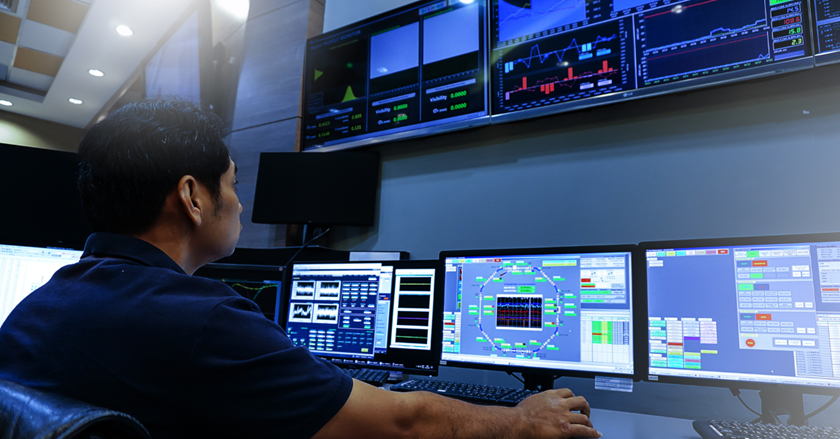As utilities adopt smart metering, the natural next step is to evolve toward enhanced grid monitoring. By collecting data from key network points, consumption data is transformed into system-wide insights that improve planning and support the integration of renewables.
Iskraemeco’s smart meters, equipped with advanced communication technologies – now also including G3 Hybrid communication – and seamlessly integrated with the central Symbiot Software Suite and its Digital Twin platform, provide real-time visibility into the LV network. This combination enhances situational awareness, supports smarter operational planning, accelerates outage detection, and strengthens overall grid reliability by achieving true observability of the network.
Transforming utility operations
Distribution operators today manage millions of data points in a highly regulated environment. At the same time, they face multiple challenges: aging infrastructure, the need to reduce outages and losses, and – increasingly – the growing impact of prosumers on the low-voltage grid.
Accurate metering with prompt data delivery, enriched with information on harmonics, power quality, and voltage, gives utilities the visibility needed to tackle these challenges. It reduces costly field diagnostics and improves both outage detection and the identification of infrastructure at risk.
Near real-time data collection at the network edge, combined with local pre-processing and platforms such as Symbiot, enables optimized dynamic grid planning and flexibility services. It also delivers consistent insights into consumption patterns and grid conditions.
Smart metering further engages customers through dynamic pricing and tariff signaling, while built-in COSEM security ensures secure, stable, and reliable performance in increasingly dynamic energy environments.
The shift from simple meter reading to holistic grid monitoring is not just about efficiency. It is about building the foundation for flexibility services, targeted customer engagement, and a more reliable, sustainable, and data-driven energy ecosystem.
Quick expert view | Klemen Belec, Global Product Portfolio Director, Iskraemeco
What challenges do utilities face when moving from meter reading to grid monitoring?
The main challenge is integration and the need for near real-time communication. Utilities often work with diverse meter fleets, multiple communication technologies, and legacy IT systems. Making these work seamlessly requires flexibility and scalability – which is why interoperable platforms and adaptable communication pathways are essential.
Beyond reliability, what new opportunities does grid monitoring create for utilities?
Grid monitoring unlocks value far beyond measuring electricity consumption at the customer level. It enables utilities to operate, plan, and optimize the distribution grid. In practice, this means supporting new flexibility services, approving new customer connections, adapting to increasingly demanding prosumers, preparing personalized energy offerings, and engaging active consumers.
How does improved grid visibility translate into benefits for end customers?
Customers gain much more than accurate billing. They get transparency into their energy use through monthly consumption graphs, patterns, and recommendations. They can save with dynamic tariffs and even participate in energy markets as active players. Ultimately, better grid visibility means more choice, more control, and new ways to benefit financially.




